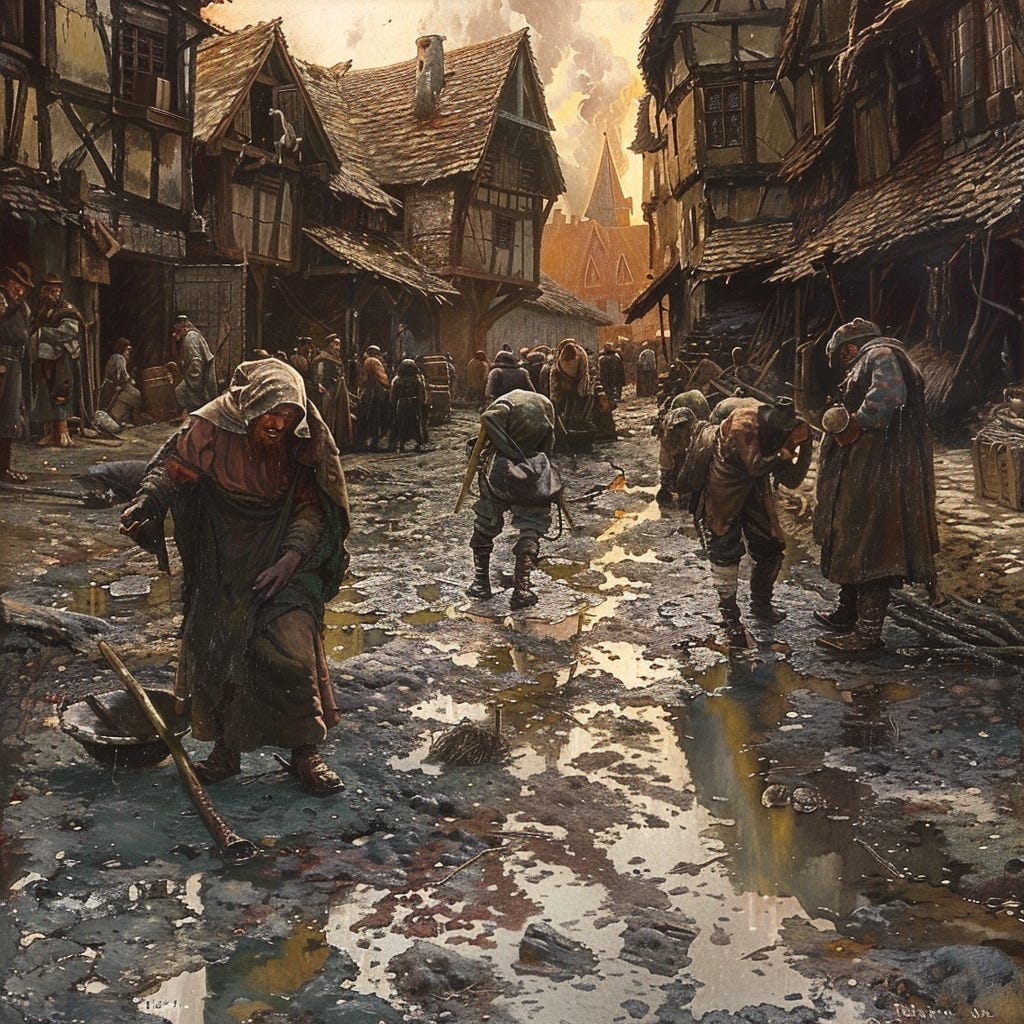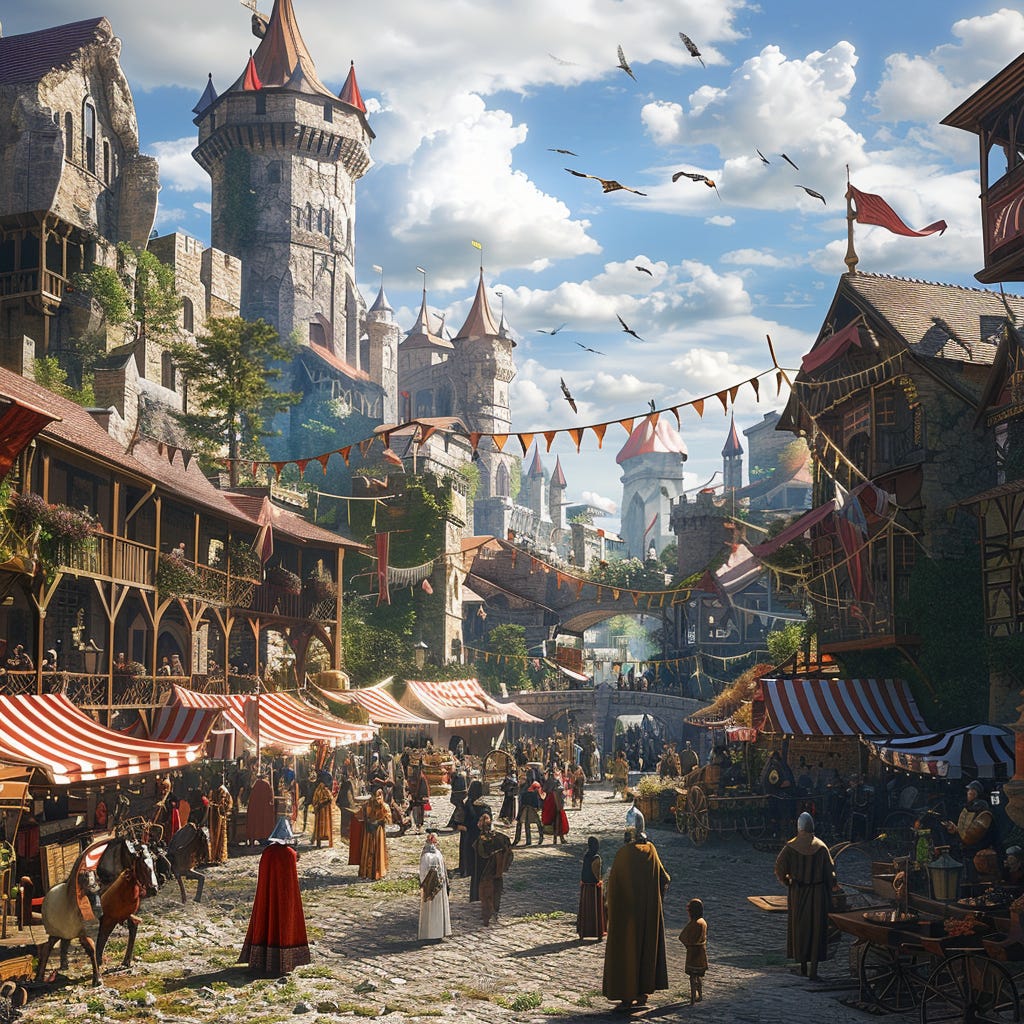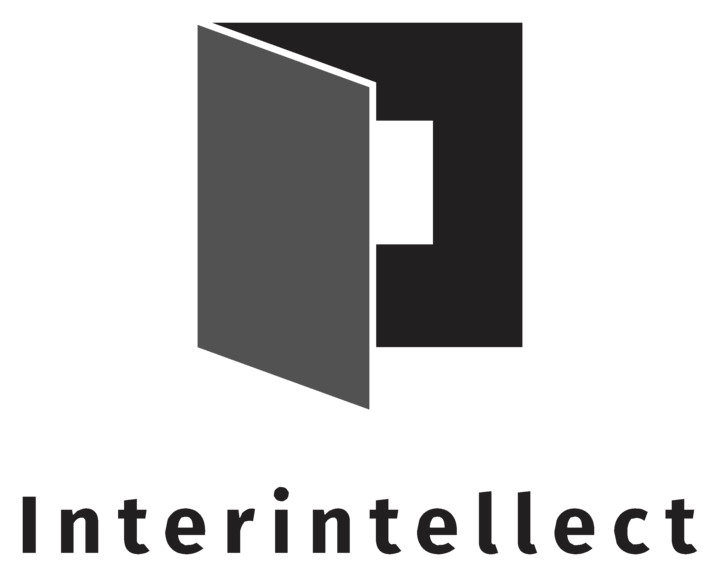The ‘Dark Ages’ Were Not That Dark

This essay was originally published by Ben Fleming on his blog.
You can do so much in the modern world. The amount of opportunity available is so vast it’s hard to comprehend. And so most of the time it’s easier to just not bother. Do what’s obvious and accepted instead. Just look around at everyone else and follow their lead.
You might dream about deciding to really take advantage of the technologies and trends of the modern world. But it’s not one decision, it’s a million decisions. There’s too much possibility. So it feels safer to put the blinkers on and just go where the boundaries are pre-defined and the risks are well known.
On top of that, if you have already spent most of your life being rewarded for working within those boundaries, it may take a significant amount of work (both in the real world and your own head!) to break out of your old ways of living and working. The established order promises positivity, certainty, and clarity of vision for what lies ahead.
But when that order begins to show signs of uncertainty and negativity, the clarity gives way to division, disruption, and volatility.
This can feel like a move from light to dark.
In my last update I explored the idea that the Modern World is a transitional phase – similar to the Middle Ages – reflecting the transitions we all go through at times. Today, established forms of authority and identity, along with the institutions that represent them, don’t have the same centralising influence they once held. The ground we stand on is shifting.
But I don’t see this as a negative thing. We’re not moving into an especially pronounced period of darkness but simply a world that is different; operating on different principles and different kinds of relationships. To navigate this transition well, we cannot stay inside the accepted boundaries. We must take the blinkers off and adapt.
I’m Ben Fleming, and if you’re a founder or an entrepreneur or a scientist or a forward thinker of any kind, I want to partner with you and use my expertise in health and fitness to help you become the person you want to be so you can build the future you want to see. You and I can build a better world for everyone forever together. Let me know what you’re working on!
Human beings like to live inside stable patterns. When you are trying to achieve anything, Step Zero is to create a reliable routine that allows you to build on top of the work you (and others) have already done. If you don’t do this, you have to keep starting from scratch and nothing meaningful gets built that way.
But on a long enough timescale, every pattern loses stability and effectiveness. Patterns are always forming and breaking down as they bring us forwards towards an unknowable end. So in the moments of inevitable breakdown and fragmentation, the quicker you can drop an old pattern, go back to first principles, and establish a new way of being, the better. You don’t want to find yourself holding onto a pattern that is heading for destruction.
I had to do this earlier this year.
Shortly after the pandemic lockdowns ended, after my child was born, I decided to go fully self-employed and focus on building my personal training business. This gave me more flexibility, allowing me to look after my wife and baby while creating a stable financial base, training with one-to-one clients out of a local gym.
This worked for a while but with global inflation and a rise in the cost of living, I was finding that people were less willing to pay for gym sessions at the rate that I was charging, while my own household expenses were going up.
The routine I had set up was no longer a solid footing. I could see that it wasn’t going to hold the weight of everything I wanted to build. My long-term plans extend far beyond working out of a local gym. I see the opportunities out there. There is so much I can do. I want to take advantage of the shifts that are happening.
But we all have to start somewhere.
I’m now doing a full-time paid job that covers the bases. The way I see it, this is just the very beginning of a long path that has to take into account my multiple responsibilities and priorities. I’m a father and a husband and a full time employee. I want to be in great physical shape, have a great social life, and run my online coaching business in its current form. But I also want to write and build and network and do all the things that are going to bring about the world I want to see in the future. This means I have to do things patiently, step by step, prioritising different goals at different stages.
You can do anything but you cant do everything. (At least, not at the same time).
Right now my focus is on setting the ground. I’m creating a few things here and there in the background and eventually I will launch new products and host special events and create much more content. But that will come later in the process once I have finished properly setting the foundation.
I look back sometimes and imagine what life could have been like if I’d made a start on this when I was 21 instead of 35. Maybe you are (or you know) a smart, ambitious young person who doesn’t fit in with the old ways of doing things but is willing to work hard when they have a clear vision to drive towards. I am building a place where people like this can find a home and do the kind of work they will find meaningful and fulfilling.
These are the kinds of people that thrived in the Middle Ages.
I always make a deliberate effort to call it the ‘Middle Ages’ and not the ‘Dark Ages’ because the term ‘Dark Ages’ was popularised by Renaissance and Enlightenment thinkers who believed their culture was superior to the cultures of their recent past. It was a kind of arrogant move in my opinion. Of course there was darkness in the Middle Ages, there’s darkness in every era. But to call the thousand years between the fall of Rome and the Renaissance just “DARK” is a massive oversimplification. It misrepresents an incredibly dynamic and productive period of history, that wasn’t actually that dark.
For example, systems of lords and peasants that prevailed in the Middle Ages are almost exclusively portrayed today as brutal exploitation. As if every single landlord was the Sheriff of Nottingham; shameless, greedy, and cruel.
But the relationship between lords and peasants was set up to be mutually beneficial, with lords providing defence and legal structure in exchange for taxes, just as governments do today. However, these communities were much smaller than we are used to in the modern world, and so many lords felt a real sense of duty to be cooperative and responsible for the wellbeing of the people they governed. While there was some violence between communities, many regions experienced long periods of peace and stability under this arrangement.
Lords and knights expected to act with courtesy and honour. Peasants had rights and respect and were proud of their communities and leaders, with a strong sense of identity in their cultural heritage. Regular celebrations, holidays, and feasts, hosted by local lords, balanced out the necessary hard physical labour of farming. Not to mention plenty of leisure time compared to the average modern person.
We know that connection to a community, time spent in nature, and regular physical work are all parts of a healthy lifestyle and these were all intrinsic parts of life in the Middle Ages. This was not a dark time for all.
In this environment, many seized the opportunity for innovation and reform.
Hildegard of Bingen was sent to a Benedictine monastery as a child and received a diverse religious education. She embraced the monastery’s environment of learning and spirituality, recording her mystical visions and exploring new ideas in theology, medicine, and the natural world. With a holistic and multidisciplinary approach to knowledge and learning, she combined philosophical and scientific thought in her writings on medicine and health that improved the healthcare practices of the time.
Irnerius was a citizen of Bologna who initially studied the liberal arts and rhetoric. But his unique interest in Roman law led him to dedicate himself to renewing judicial practice. He was a leader in legal scholarship, teaching at the University of Bologna, the first university in Europe. His efforts laid the foundation for the legal systems that are still in place today.
Walter of Henley was a farmer who compiled his experience and observation, into a guide for agricultural techniques called “Husbandry”. This dissertation on sustainable farming promoted new, efficient methods and pioneered the shift towards practical, science-based agriculture, which would go on to influence all future agricultural practices.
Clare of Assisi was born into privilege but left her comfortable life and renounced her wealth in favour of spiritual devotion to the poor and needy. She founded the Order of Poor Clares, which provided support and education for women born into poverty. This movement still has followers today all over the world.
Roger Bacon was a scholar with diverse interests in many subjects. But he was particularly drawn to the idea of empirical research and studying nature through observation and experimentation. Bacon’s work laid the groundwork for the scientific method as it is practiced today, favouring measurable fact over speculation.
Isabella of France was born into royalty, but was interested in integrating new technologies into the everyday lives of ordinary people. She used her position to fund innovations like the windmill which enhanced the productivity of the land. Her support of technological advancements drove economic growth and raised the general standards of living.
With these examples I hope to give you a richer perspective on the Middle Ages as a time of significant development and opportunity, with new technologies and shifts in society creating the conditions for innovative leaders to stand out and build in a way that still has lasting impact today.
There were many others like this and we will never know most of their names. But we live today in the world that was made possible by the things they built.
Just like right now, the people of the Middle Ages lived in a vibrant, complex, interconnected society, full of opportunity. It wasn’t like the movies where everything is primitive, dirty, diseased, corrupt, violent, hopeless, and dark.
And neither is the world we live in today.

As I work to create enough stability in my life to build consistently and not disappear, I will be showing up INconsistently with newsletters like this and other project updates.
Recently, I have uploaded a few new YouTube videos for my world-building project called Atherealis. It’s based on some of the ideas I’ve been speaking about here but it’s a long-term, ongoing endeavour with no definite end point. I think of it as an interconnected universe of characters and concepts that could become a graphic novel, a board game, a movie trilogy, a theme park even?
We’ll see …
But for now, check out these YouTube videos that I released recently.
- Thalia and the Virtue of Fun
- Melpomene and the Virtue of Empathy
- Godfrey and the Virtue of Bravery
- Go to Atherealis.com for more about the project.
How do you imagine the Middle Ages?
Comment below or send me a message.
My handle is @GymnasiOnUK on Youtube, Twitter, Substack, and Instagram.
Like, Subscribe, Share, Bookmark, so you don’t miss the next post and take a look at Gymnasion.net for free stuff to help with your health and fitness.
See ya!
